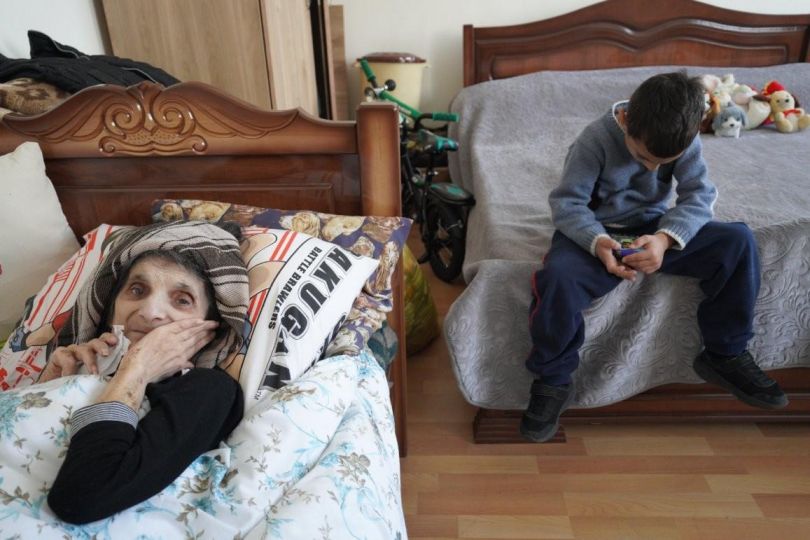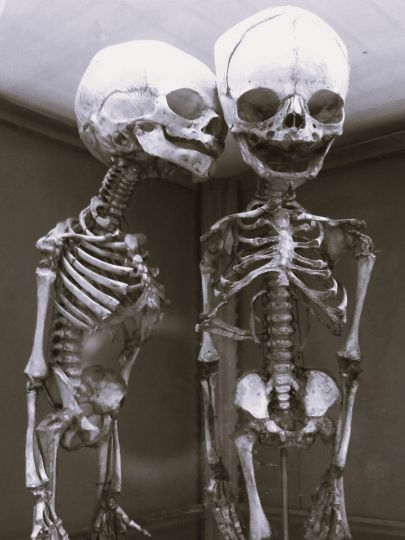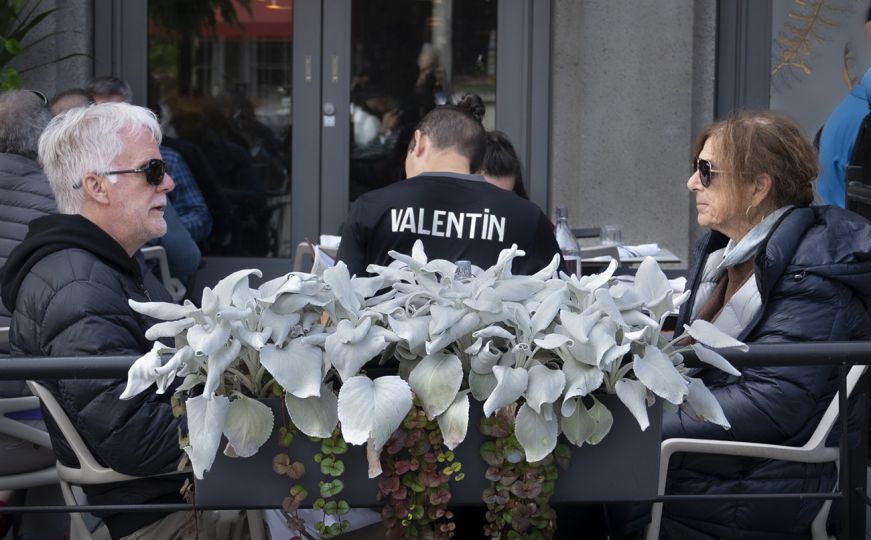Founded as a non-profit in 2007 by a group in Santa Fe, NM (including David Chickey, Darius Himes and David Skolkin), Radius Books is dedicated to the art of book making at a time when the printed object is changing right before our very eyes. The list, which has featured monographs by Lee Friedlander, Sam Abell, Gay Block, Alex Webb, Colleen Plumb, and Sharon Core, among others, showcases brave and remarkable projects that challenge our cultural assumptions. Here, content and medium are fused as one, allowing the book to become a perfect vehicle for expressing each artist’s ideas in the long-form narrative.
Chickey, the creative director and publisher of Radius, explains, “We publish projects that are as respectful of an artist’s vision as possible, and that are a reflection of the way the artist works. We are also interested in pushing the physical form of the book in creative and interesting ways. All of us experience an artist’s work in different forms (in an exhibition, in a studio, on a computer screen), but I think the book offers some unique advantages and opportunities. A book is an intimate experience. When you hold a book in your hands, you have a personal connection with the content. And this is a rarer and rarer opportunity in our complicated world.”
For Radius, the use of text can add a new dimension to the experience of the work. For example, in Rebecca Norris Webb’s My Dakota, instead of typesetting the text, Radius chose to reproduce Webb’s handwriting throughout the book. Unlike the typeset word, the handwriting reveals a distinctive personality and draws us closer to the artist’s world. When combined with her deeply felt photographs, it creates the feeling of paging through a diary.
Another example of this interplay between image and text is Justin Kimball’s Pieces of String, which features an essay that is not bound into the book but has been printed on a booklet that is nestled inside its covers, creating the feeling of depth, of riches buried deep inside a treasure chest. The text complements the images in an indirect yet evocative way, provoking us to contemplate the idea of the book as something more complex and less formally structured than the three-act narrative or catalogue raisonne.
Chickey observes, “The entire publishing world – including all kinds of creative work from music to fiction to poetry – is in a state of flux. The sharing of information is changing rapidly, and despite the problems inherent to this shift, there are also lots of exciting possibilities. Yet, I think for what Radius does, and for the way we create books, there will always be a demand for the crafted, printed, creative object. There is the very basic level of connection we have to printed books, and there is the power that comes from them. We want to touch them—be hands on. An image also looks different on the printed page; for me, ink on paper has a solidity and a permanence to it that I just do not get when looking at a screen.”
Indeed, Radius’ publishing program is a testament to the longevity of the form, of the days before the printing press when books were handwritten, handbound objects of meditation for the spiritual and intellectual realms. Each book published by Radius follows its own path, yet despite each title’s individuality there is a thread that runs through the list. Quality (both in the design and in the details of production) is the defining characteristic of a Radius book. Each volume is distinctive from the next, yet each book holds to a golden standard that sets them apart from other publishing houses.
That standard goes beyond the art of bookmaking and extends into the realm of the world the book inhabits once it is created. One of the keys to the success of Radius Books is their decision to work as a non-profit corporation in a capitalist world. This decision is reflected in the way in which they integrate the book into the larger landscape, partnering with libraries and schools to inhabit an educational space. For every book printed, 200-300 copies are donated to a library program that uses the book as a teaching tool. With this partnership in place, Radius has built a series of personal relationships that combine a love for art, the book, and learning for adults and children across the United States.
Personal relationships are critical at Radius Books. As Chickey notes, “From the beginning we have published projects that we feel passionate and excited about creating and that’s still true today. The projects are also often years in the making, and the process is intimate. The artists (and the writers, curators, museum directors, and editors) involved become part of our Radius family — and that relationship continues long after the book has been made.” Radius reminds us that love is the message, and it is from a place of love that we grow as creative minds, hearts, and souls.
Miss Rosen
















